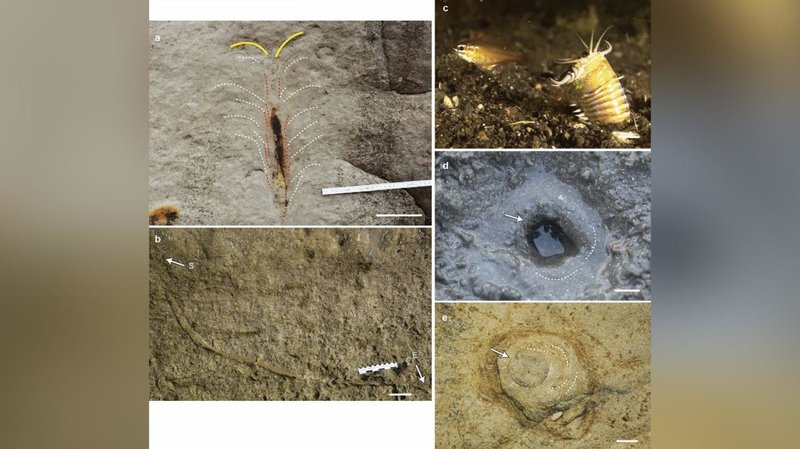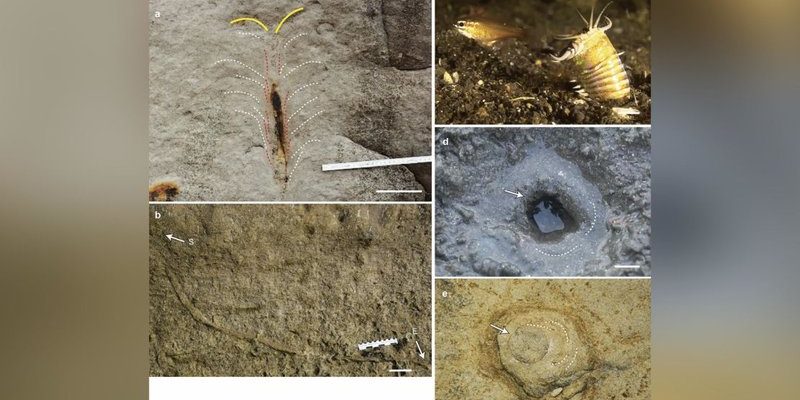
So, what makes a substrate suitable for these fascinating creatures? Bobbit worms, or *Eunice aphroditois*, are burrowing polychaetes found in sandy or muddy environments. They dig complex tunnels and live a life that’s more active than you might think for such a camouflaged creature. The ideal substrate not only supports their burrowing behavior but also contributes to the overall health of your aquarium. Let’s dive deeper into the best options for creating a bobbit worm-friendly environment.
Why Substrate Matters for Bobbit Worms
Choosing the right substrate for your bobbit worm is essential for several reasons. First, it plays a significant role in their ability to create burrows. Bobbit worms are natural diggers, and a substrate that’s too coarse or too fine can hinder their ability to tunnel effectively. Imagine trying to build a sandcastle with rocks instead of sand; it wouldn’t work very well, right? Similarly, if the substrate doesn’t allow for smooth digging, it can stress out your worm and affect its health.
Second, the substrate has implications for water quality. Certain substrates can affect pH levels and nutrients in the water. For instance, substrates that break down over time might release unwanted chemicals, harming the worms and other marine life. Using a substrate that holds nutrients without leaching harmful substances is like having a healthy diet—great for overall well-being.
Finally, the right substrate can provide beneficial bacteria that help in breaking down waste and producing a healthier ecosystem. Think of these good bacteria as the tiny caretakers of the underwater world, keeping everything running smoothly. So, it’s vital to choose a substrate that supports this ecosystem while providing a comfortable home for your bobbit worm.
Types of Substrates for Bobbit Worms
When you’re selecting the best substrate for your bobbit worms, you’ll come across a few different types. Each has its own benefits and drawbacks, so let’s break them down.
Sandy Substrates
Sandy substrates are often the top choice for aquatic hobbyists housing bobbit worms. This type of substrate mimics their natural environment where they thrive. Fine, clean sand allows the worms to dig effortlessly, creating those intricate burrows they’re known for. You can find various types of sand, like aragonite or silica, but make sure it’s free from pollutants.
Here’s the thing: using too coarse a sand can make it difficult for the worms to move. If you’ve ever tried to wade through coarse pebbles at the beach, you’ll know what I mean. Ideally, you want sand that’s soft and fine enough for the worms, allowing them to create their homes without struggle.
Crushed Coral
Crushed coral is another popular option. This option is excellent for those who want to raise the pH level of their aquarium slightly. The coral acts like a natural buffer, which can be beneficial for some marine organisms. One downside is that the larger particles might not allow bobbit worms to burrow as easily.
If you decide to go with crushed coral, consider mixing it with finer sand. This combo can provide the best of both worlds: support for burrowing and elevated pH levels. Just remember, it’s all about balance.
Gravel
Gravel can be used, but it’s usually not the best option for bobbit worms. The larger grains can hinder their ability to create tunnels, and they might feel frustrated instead of secure. Think of trying to dig in a pile of rocks—it’s difficult and might lead to a stressed-out creature.
That said, if you’re looking for a substrate that aids in filtration or adds an aesthetic touch to your tank, you might still consider using gravel. Just be sure to include enough fine sand to give the bobbit worms a comfortable area to dig.
Preparing Your Substrate
Once you’ve chosen the type of substrate, the next step is preparing it for your aquarium. This process ensures that everything is clean and free from harmful chemicals or pollutants.
First, rinse the substrate thoroughly. Whether you’re using sand, crushed coral, or gravel, it’s essential to wash away any dust or debris. You can do this by placing the substrate in a bucket with water and swirling it around. Drain the water and repeat until it runs clear. It’s a little like washing vegetables before cooking; you want to remove any unwanted contaminants.
After rinsing, you’ll want to layer the substrate in your tank. Start with a thicker base at the bottom, allowing the worms enough room to burrow. A depth of around 2-3 inches should suffice for bobbit worms. Just think of stacking the ingredients for a delicious sandwich; you want to build it just right.
Maintaining Your Substrate
Keeping your substrate healthy is just as critical as choosing the right one. Over time, substrates can build up waste, uneaten food, or debris, which can negatively impact water quality. Regular maintenance will help keep your aquarium environment stable.
Here are a few tips to maintain your substrate:
- Regular Vacuuming: Use a gravel vacuum to gently siphon out waste without disturbing the substrate too much. This process is crucial to keeping everything clean, much like vacuuming your carpet at home.
- Monitor Water Parameters: Keep an eye on pH, ammonia, and nitrate levels. Regular testing is like checking your car’s oil; it’s just a part of the upkeep.
- Replace Substrate as Needed: Over time, substrates can break down or lose their effectiveness. If you notice your substrate isn’t holding well, it might be time for a change.
Maintaining the substrate will keep your aquarium ecosystem healthy, ensuring your bobbit worms have a thriving home.
Creating the ideal habitat for bobbit worms can be both exciting and rewarding. By understanding their needs and choosing the right substrate, you can ensure that these fascinating creatures thrive in your aquarium. Whether you opt for sandy substrates, crushed coral, or a well-thought-out combination of materials, remember: it’s all about mimicking their natural habitat.
So, take some time to prepare, maintain, and observe your substrate choice. A little effort will go a long way in creating a lively underwater environment for your bobbit worms. Ultimately, happy worms lead to a more vibrant aquarium, and who wouldn’t want that?

